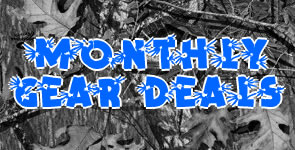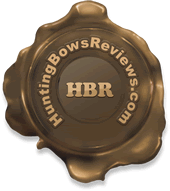Coyote Signs
Coyote Tracks
Generally, coyote tracks are oval and measure 2.5 inches long and 2 inches wide. The hind print is smaller than the front one because the front legs must support more weight than the hind legs. These animals have four toes with claws, the inner toes being smaller then the exterior ones.
Coyote tracks are often confused with the domestic dogs' footprints. The difference between these is the shape: domestic dog footprints have round shape and the negative space isn't similar with a "X", while coyote footprints do. Such traces are more easily identifiable in wet mud, ferm mud and ferm snow.
Coyote tracks are often confused with the domestic dogs' footprints. The difference between these is the shape: domestic dog footprints have round shape and the negative space isn't similar with a "X", while coyote footprints do. Such traces are more easily identifiable in wet mud, ferm mud and ferm snow.
Pictures Of Coyote Tracks
To know how to identify the coyote footprints you must be careful at the form (if it's oval or not) then the size, but also if the tracks have visible claws in the soil or not, because coyote claws are less prominent and overall more compact. In the end don't forget to compare the coyote footprints with tracks of other animals.
Coyote Dens
Coyotes generally make their dens to avoid the bad weather or to raise their puppies. Coyotes prefer old dens only if they were not damaged. To build their dens they generally use the dens of other animals such as foxes, badgers or skunks. Dens are built in rocks, along river banks, or in holes under certain logs. As areas they prefer agricultural lands, dense forests and open meadows.
They usually are 10 inches wide and 13 inches tall and have two or more inputs. The tunnels that lead to the nesting area measure about 30 feet. The nesting area has a diameter of 3 feet and isn't lined. Unlike the fox, coyotes take the food remains out of the hole and they also don't leave any residue near burrow entrances.
Finding coyote dens involves the following steps:
- First you have to search an area with coyotes;
- Second you need to know how the coyote dens look like;
- Thirdly follow the coyotes' tracks back to the den;
- Fourth look for places where they could have built their dens like rocks, logs or bushes;
They usually are 10 inches wide and 13 inches tall and have two or more inputs. The tunnels that lead to the nesting area measure about 30 feet. The nesting area has a diameter of 3 feet and isn't lined. Unlike the fox, coyotes take the food remains out of the hole and they also don't leave any residue near burrow entrances.
Finding coyote dens involves the following steps:
- First you have to search an area with coyotes;
- Second you need to know how the coyote dens look like;
- Thirdly follow the coyotes' tracks back to the den;
- Fourth look for places where they could have built their dens like rocks, logs or bushes;
Pictures Of Coyote Dens
Last but not least try to imitate the coyote howling - if you got an answer go in the direction where you heard it in order to identify the den where it might be hiding.
Coyote Scat
To correctly identify coyote scats you must recognize their form, content and color.
Coyote scats are generally placed in the middle of the road to be seen by other animals that pass through the area, this being a method of communication between animals. Coyote scats have a cigar looking shape & diameter and are tapered at one end.
Coyote scats are generally placed in the middle of the road to be seen by other animals that pass through the area, this being a method of communication between animals. Coyote scats have a cigar looking shape & diameter and are tapered at one end.
Pictures Of Coyote Scat
The content varies depending on diet, coyote feeding with birds in general, small animals, insects and sometimes plants. Coyote scats are usually gray or black depending on what the animal has recently eaten and are full of hair. If the remains found are light colored it means that they have been there for a while.
General Info
Equipment & Tools
Tips & Techniques

























